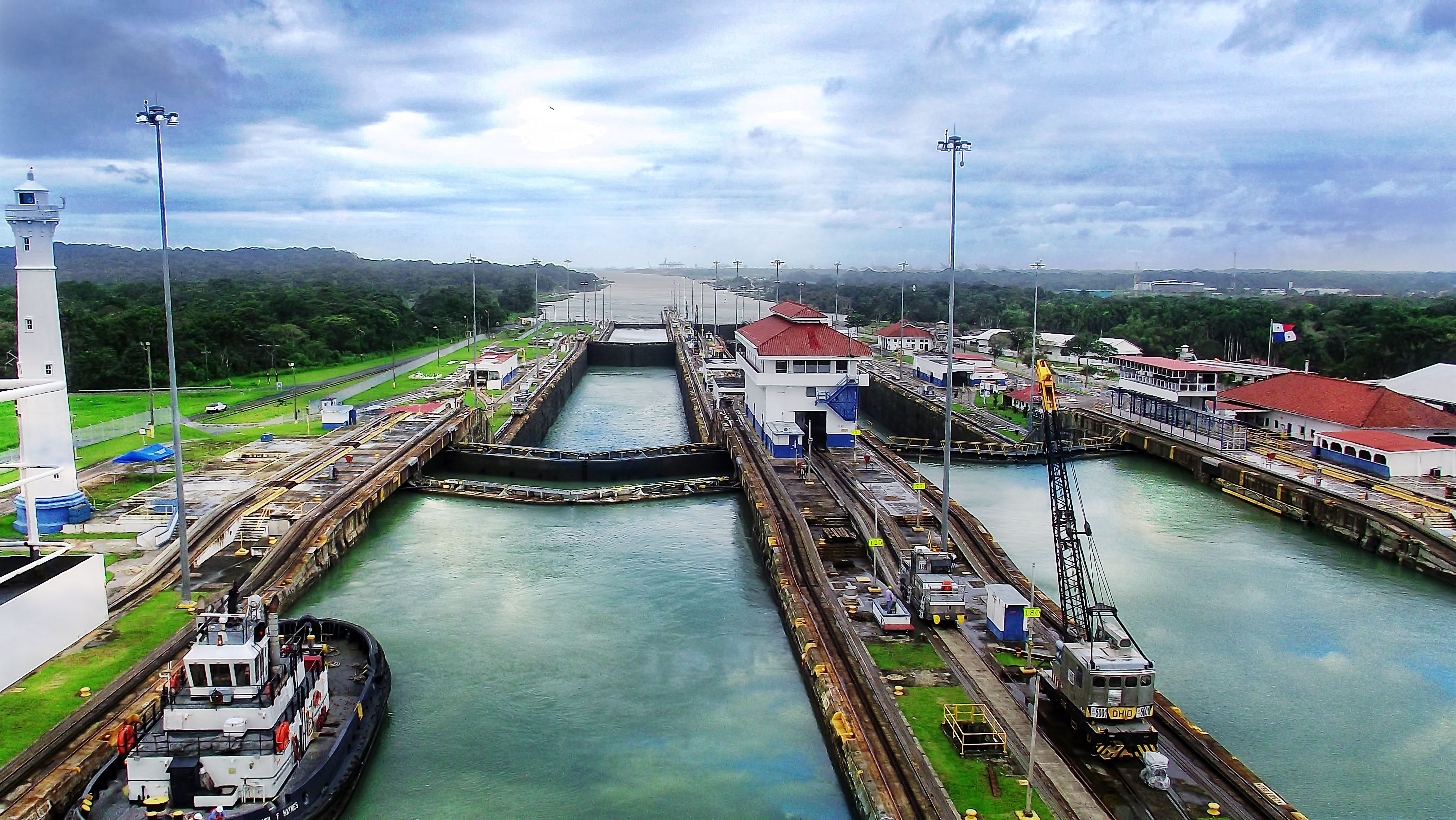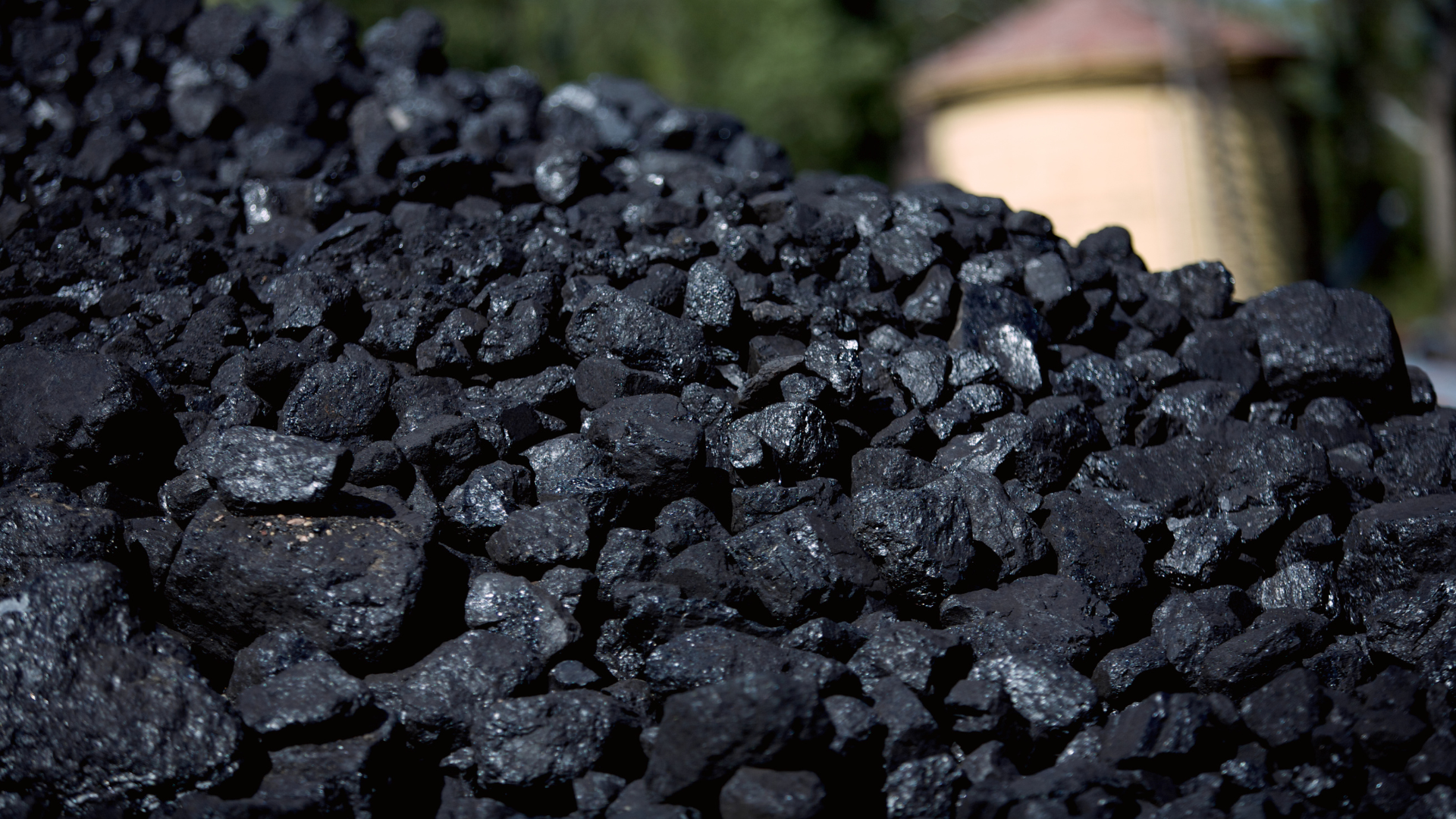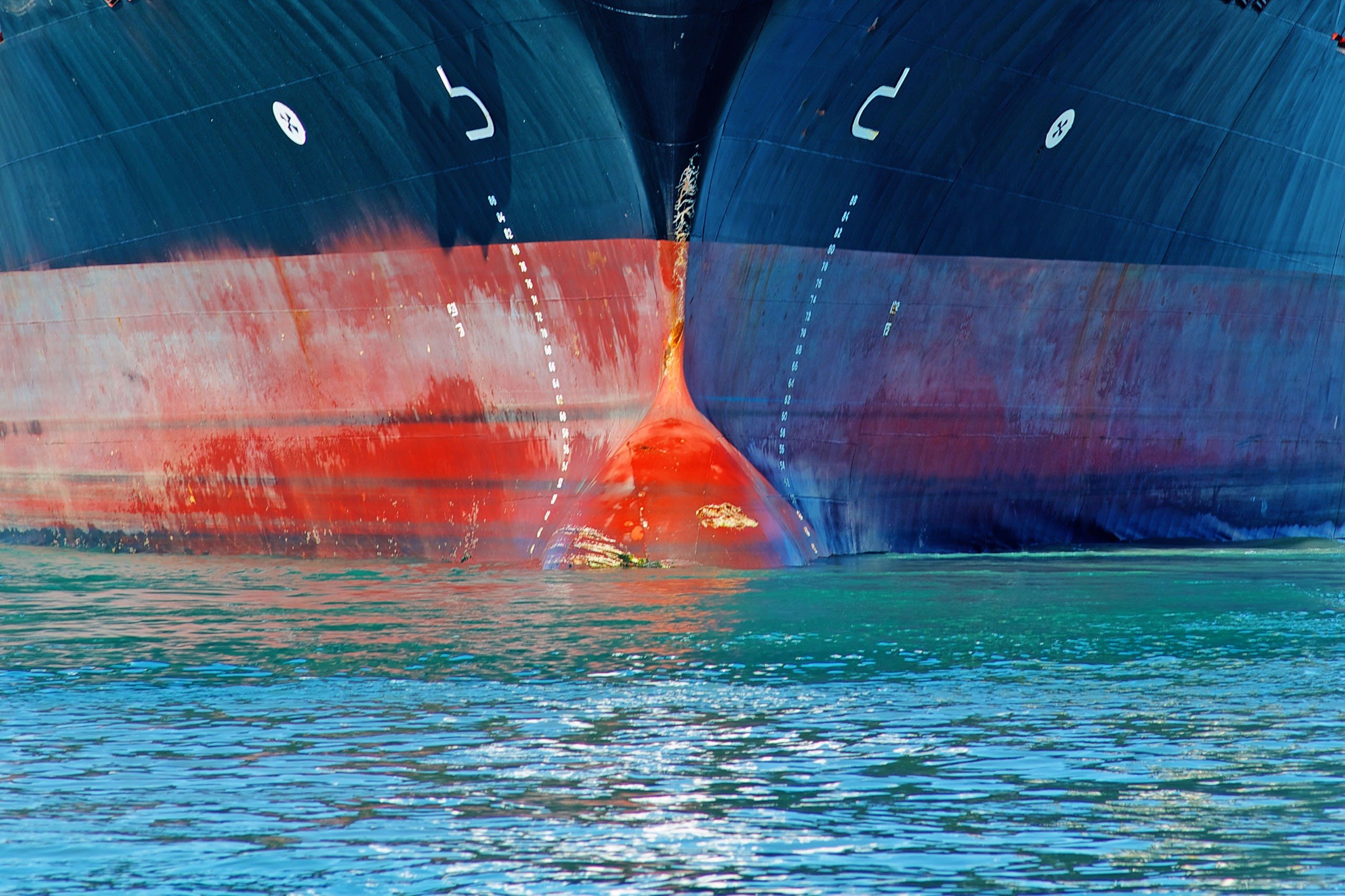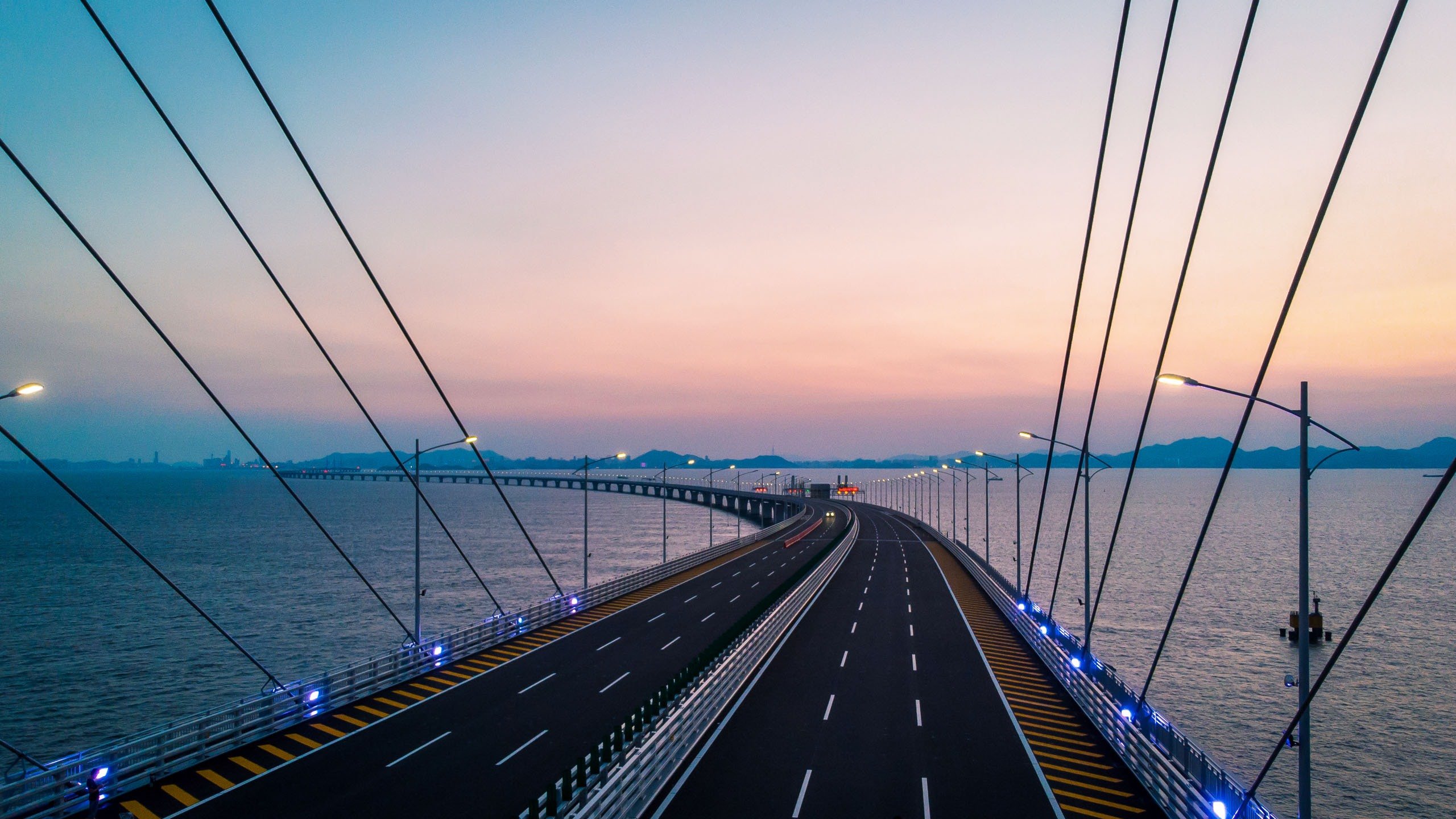
Introduction to the Panama Canal
In 1914, a single ship passed through the Panama Canal to little fanefare1 bringing to fruition a multinational effort that began 44 years prior, when the engineering feat that would ultimately result was a mere glimmer of possibility. That year, 1,000 ships passed through the canal; today, the number is closer to 14,000. The canal is widely known by its artificial lake, Gatun Lake, that was created to reduce the excavation work required for the canal. The locks2 at each end of the canal steadily lift each vessel up to the Lake (85 feet from sea level), and lower vessels at the other end.
The canal is roughly 50 miles long from shoreline to shoreline, connecting the Atlantic and Pacific Oceans, and saving those who use it approximately 8,000 nautical miles in distance. Around $1.8B is collected annually from tolls ships pay to cross the canal.3 Historically, dry and liquid bulk carriers have generated most of these revenues; but today the lion’s share of revenue is derived from container vessels.4
Brief History of the Panama Canal
After failed attempts from the French to build the canal foundered in the late 19th century, resulting in criminal indictments of Ferdinand de Lesseps5 and Gustave Eiffel6 for mismanagement, the United States purchased the remains of said efforts and attempts in 1902.7 However, political sentiment in Colombia (which at the time included Panama) precluded approval for work to begin. The following year, Panama declared independence from Colombia and signed the Hay-Bunau-Varilla Treaty, which gave the United States the right to a zone of more than 500 square miles in which it could construct a canal, and the right to control it in perpetuity.
The United States’ control over the Canal Zone lasted 96 years. In that time, the U.S. established a District Court for adjudication8, and prevented Panamanians from flying their own flag within the Zone. Diplomatic relations strained in the 1960’s and in 1974 the U.S. Senate ratified the treaties that ensured Canal Zone control would revert to Panama in 1999, where it has remained since.
In 2007, Panama embarked on a $5.25B project to build a third set of locks, able to accommodate larger, post-Panamax ships. In 2016, the Canal officially debuted its Neopanamax locks, designed to accommodate larger vessels. The project also widened and deepened existing channels and raised the maximum operating water levels on Lake Gatun. The wider lane of locks took 9 years to construct, but for now the canal can fit 98% of the world’s fleet.9
Claims Considerations
Perhaps unsurprisingly, allisions (specifically against the locks) are a prominent issue when transiting the canal, with high winds representing a challenge. Historically, the Canal’s operations have been affected by weather. During the drought of 2019, for example, some vessels transiting the canal had to limit the amount of cargo carried so that they could remain afloat.
All vessels under way in the canal must be under compulsory pilotage. Unlike in other jurisdictions, the Panama Canal Authority is not immune from suit for its negligence. Vessel owners have two (2) years from date of incident to file an administrative claim against the Canal Authority. If owners are unsatisfied with the determination of the Administrative Board, they then have one (1) year to file a lawsuit. However, the Board of Inspectors are known to allocate fault to the Canal Authority when provable, so some matters can be resolved on an administrative level without litigation.
This fact is tempered somewhat by Panama’s status as a “direct action” jurisdiction. This means that in Panama, a party can sue an insurer directly, as well as an assured. The Panamanian legal system bears influence from both civil law and constitutional jurisdictions; most notably this means that maritime claims are heard in a specialized Admiralty Court.
---------------------------------------
1Grand opening celebrations were canceled due to the onset of World War I.
2The original locks are 110 feet wide; the Neopanamax locks are 180 feet wide.
3The smallest toll ever paid was $0.36, by Richard Halliburton, who swam the length of the canal in 1928.
4Dry & liquid bulk carriers provide the second-most revenue, and Ro-Ro’s the third.
5Developer of the Suez Canal.
6Designer of the Eiffel Tower.
7It is estimated that nearly 25,000 people perished working on the canal in that time- mostly from Malaria and Yellow Fever.
8The District of the Canal Zone heard cases for 68 years. Upon its close, the court’s dockets were transferred to the Eastern District of Louisiana in New Orleans. There, at Tulane University Law School, the physical bench of the District of the Canal Zone still resides.
9As container vessels grow in size, so inevitably will the list of vessels unable to fit through the canal. At this time, the Triple E Maersk vessels are the only that cannot traverse the canal.




